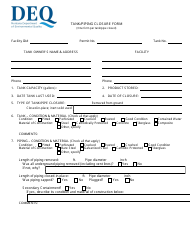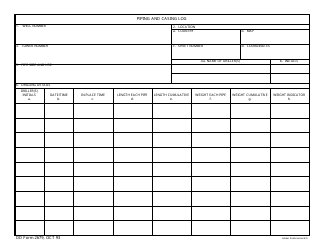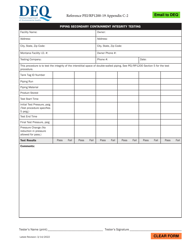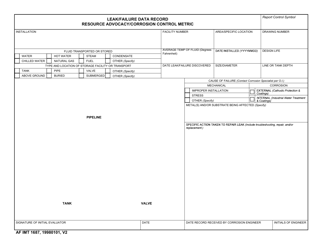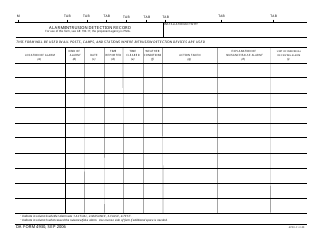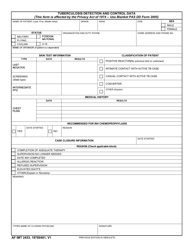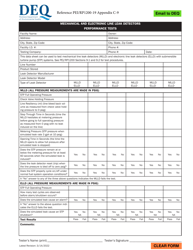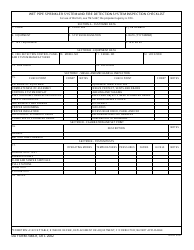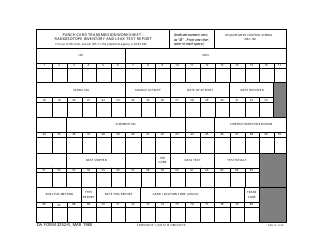Page 7 Leak Detection for Piping - Montana
What Is Page 7?
This is a legal form that was released by the Montana Department of Environmental Quality - a government authority operating within Montana. As of today, no separate filing guidelines for the form are provided by the issuing department.
FAQ
Q: What is leak detection for piping?
A: Leak detection for piping is the process of identifying and locating leaks in pipes.
Q: Why is leak detection important for piping?
A: Leak detection is important for piping because it helps prevent water waste and damage to the infrastructure.
Q: How is leak detection for piping done?
A: Leak detection for piping can be done using various methods such as acoustic leak detection, thermal imaging, and pressure testing.
Q: Who is responsible for leak detection for piping?
A: The responsibility for leak detection for piping typically lies with the property owner or the utility company.
Q: Is leak detection for piping required in Montana?
A: Specific requirements for leak detection for piping may vary in Montana. It is advisable to consult local regulations and guidelines.
Q: What are the consequences of not detecting leaks in piping?
A: The consequences of not detecting leaks in piping can include water damage, increased water bills, and potential environmental impact.
Q: Can leak detection for piping save money?
A: Yes, leak detection for piping can save money by reducing water waste and preventing costly repairs.
Q: Are there professional services available for leak detection for piping?
A: Yes, there are professional services available that specialize in leak detection for piping.
Q: How often should leak detection for piping be done?
A: The frequency of leak detection for piping depends on several factors, including the age and condition of the pipes. It is recommended to have regular inspections.
Q: What should I do if I suspect a leak in my piping?
A: If you suspect a leak in your piping, you should contact a professional plumber or utility company to conduct a leak detection assessment.
Form Details:
- Released on May 1, 2022;
- The latest edition provided by the Montana Department of Environmental Quality;
- Easy to use and ready to print;
- Quick to customize;
- Compatible with most PDF-viewing applications;
- Fill out the form in our online filing application.
Download a fillable version of Page 7 by clicking the link below or browse more documents and templates provided by the Montana Department of Environmental Quality.


